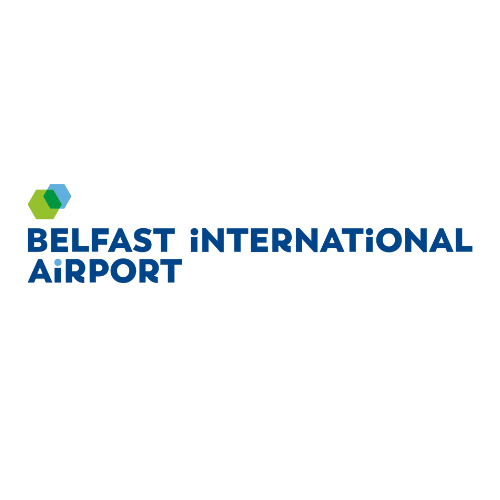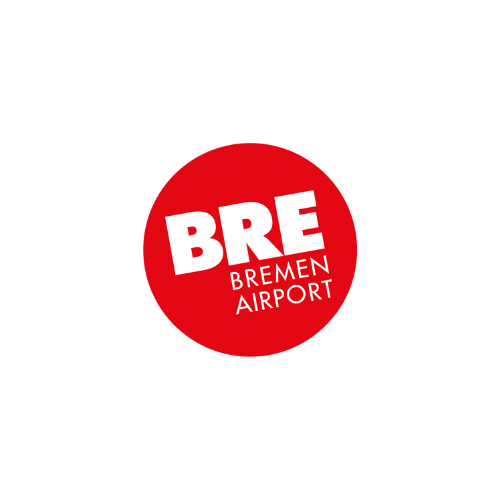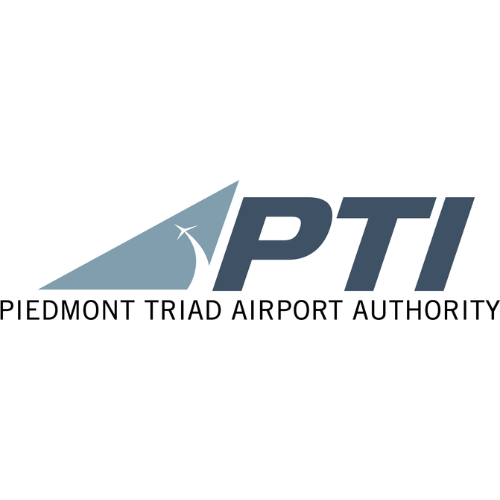Did you know that more than half of travellers find airport experiences more stressful than work and moving house?
Despite many people feeling their holiday only starts when they board a plane, we believe the airport is an integral part of the passenger experience. It sets travellers up for their trip, whether business or leisure and so it is essential that they leave feeling positive and satisfied. While customer service plays a significant role in this, you could argue that the airport environment is equally important.
Here we will discuss how to make the most of your airport environment to improve passenger experience and ensure travellers feel calm, confident, relaxed and ready to spend money at the airport.
Passenger experience and why it matters
As Dimitri Coll, Vice President of Airport Customer Experience at the ACI said at the International Airport Review Online Summit, passenger experience “is all about emotion. It’s the perception that the customer has each time they have any kind of interaction with an airport. So, in person (face-to-face), at the airport, but also through a website or mobile application.”
It’s about considering “how we make passengers feel when they come to the airport”, added Martha Todd Edge, Innovation and Experience Director at Charlotte Douglas International Airport.
And if you’re wondering why passenger experience matters, let’s take it back to the basics – without passengers, there’d be no need for airports. So, it’s only right that their needs and expectations shape the airport experience.
“There’s a link between customer satisfaction and non-aeronautical revenues. In a nutshell, happy customers are more willing to spend money, not only within the airport but with the airline and all of the stakeholders within the airport,” said Dimitri Coll.
What’s more, with tough competition from other airports offering similar flights and parking products, creating a unique and positive passenger experience will improve customer loyalty and give an airport a competitive edge.
Yes, happy customers lead to long-term growth, so airports must be listening to their passengers, gathering feedback, and using it to make customer-centric improvements to the airport environment.
A holistic approach to a seamless passenger experience
When it comes to creating a seamless passenger experience, every single step of the journey requires careful consideration. Just one issue, whether it’s being unable to find a parking space, trouble checking in, or a lengthy security line, can ruin a passenger’s mood and make them unwilling to spend money at the airport or return in the future.
What’s more with changing customer behaviours following the pandemic, there’s been a real focus on easy, stress-free travel.
Of course, airport technology has a significant role in creating a seamless passenger experience, which we’ll discuss later. First, however, it’s essential to consider the terminal environment itself and how it makes passengers feel.
At the IAR Online Summit, during a panel about ‘Elevating the passenger experience,’ panellists discussed the design of airports and its impact on the customer experience.
“The ambience of an airport is hugely important to customer satisfaction. The ambience is a mixture of lots of things including lighting, temperature, but also the furniture and what you’re seeing, what you’re feeling,” said Dimitri Coll.
Reducing passengers’ stress levels
One of the panellists, Johan Berlin, Founder of Green Furniture Concept, suggested that a well-thought-out airport environment can significantly affect passengers’ stress levels. “The power of providing something nice, such as when coming out of security, which is the most stressful part in terms of the time it takes and whether something will happen, can really help to bring the stress levels down,” he said.
Disguising airport wait times
Dimitri Coll added that “design can be used to change passengers’ perception of time. Because if you wait 7 minutes in a place where there’s nothing to do, it will feel pretty long. But if you wait 10 minutes in a place you’re enjoying yourself, you’ll think, wow, that was fun!”
Using design to create a positive airport experience
The interactive wall art mural at Charlotte Airport is an excellent example of how design positively impacts the passenger experience. Charlotte Airport developed this art installation during the pandemic when many new customer experience initiatives could not go ahead.
The installation features three pieces of continuously moving art on one of the concourses and is available for passengers to view while they walk through or use the travellator. The blue hues of the artwork create a feeling of space and calmness, enabling passengers to take their minds off the stresses and anxieties of the day.
The installation also makes an appealing backdrop for selfies for travellers ready to go off on holiday. They snap a photo, share it on social media and make other people want to visit the airport to do the same. As Johan Berlin said at the IAR Online Summit, it gives the airport a “sense of place” and creates a more memorable passenger experience.
We agree that design can go a long way to turning an airport into a destination that passengers want to visit rather than somewhere they have to visit. If passengers feel calm and relaxed in a pleasant airport environment and they’re having fun and enjoying the entertainment, they’re much more likely to spend money at the airport, return in the future, and encourage others to fly from there.
Digital integration
New airport technology also plays a part in improving the passenger experience. For example, introducing biometric technology and contactless airport solutions like Fast Track and Queueless Journeys can reduce congestion and enhance passenger flow. Rather than waiting in lengthy queues, passengers can optimise their dwell time, spending it in airport stores, coffee shops and duty-free instead. As a result, this technology helps create a better passenger experience while unlocking more airport revenue from non-aeronautical sales.
Making better use of space
Technology like Rezcomm’s Contactless Customer Service can also help optimise available space. Rather than queuing up to speak to a representative, passengers scan a QR code with their smartphone, access a digital support portal and get answers to their questions quickly and easily. It saves customer service desks littering the terminals, instead enabling airports to utilise the freed-up space for relaxation, shopping, restaurants and experiences to make the airport a more enjoyable place for passengers.
Improving airport accessibility
There is also the opportunity for airports to use digital integrations to improve accessibility and wayfinding through the terminal environment. For instance, airports can use technology to support passengers with additional mobility needs and hidden disabilities to navigate the airport. Airport apps also have the potential to help passengers who speak different languages, ensuring they can navigate the airport, find everything they need to and enjoy a more relaxing and positive passenger experience.
Personalising the airport journey
Lastly, airport technology, like the Rezcomm Marketplace, can improve the passenger experience by providing personalised marketing communications, support and offers throughout the customer lifecycle. Whether providing pre-order food and beverage, personalised retail recommendations or real-time updates at the airport, digitising the terminal environment all contribute to a more seamless airport experience.
And the result? Happy, satisfied passengers in the mood to spend money, increased non-aeronautical revenues and customer lifetime value, and ultimately, a more competitive and thriving airport business.
Create tech-savvy terminals with Rezcomm
Is it time your airport environment had an upgrade? Digitise your terminals to improve efficiency, increase revenues and achieve higher customer satisfaction with our full suite of Venue modules. Download our Brochure to find out more, and Book a Meeting with our experts to discover how we can support you in improving your passenger experience in 2022 and beyond.




























